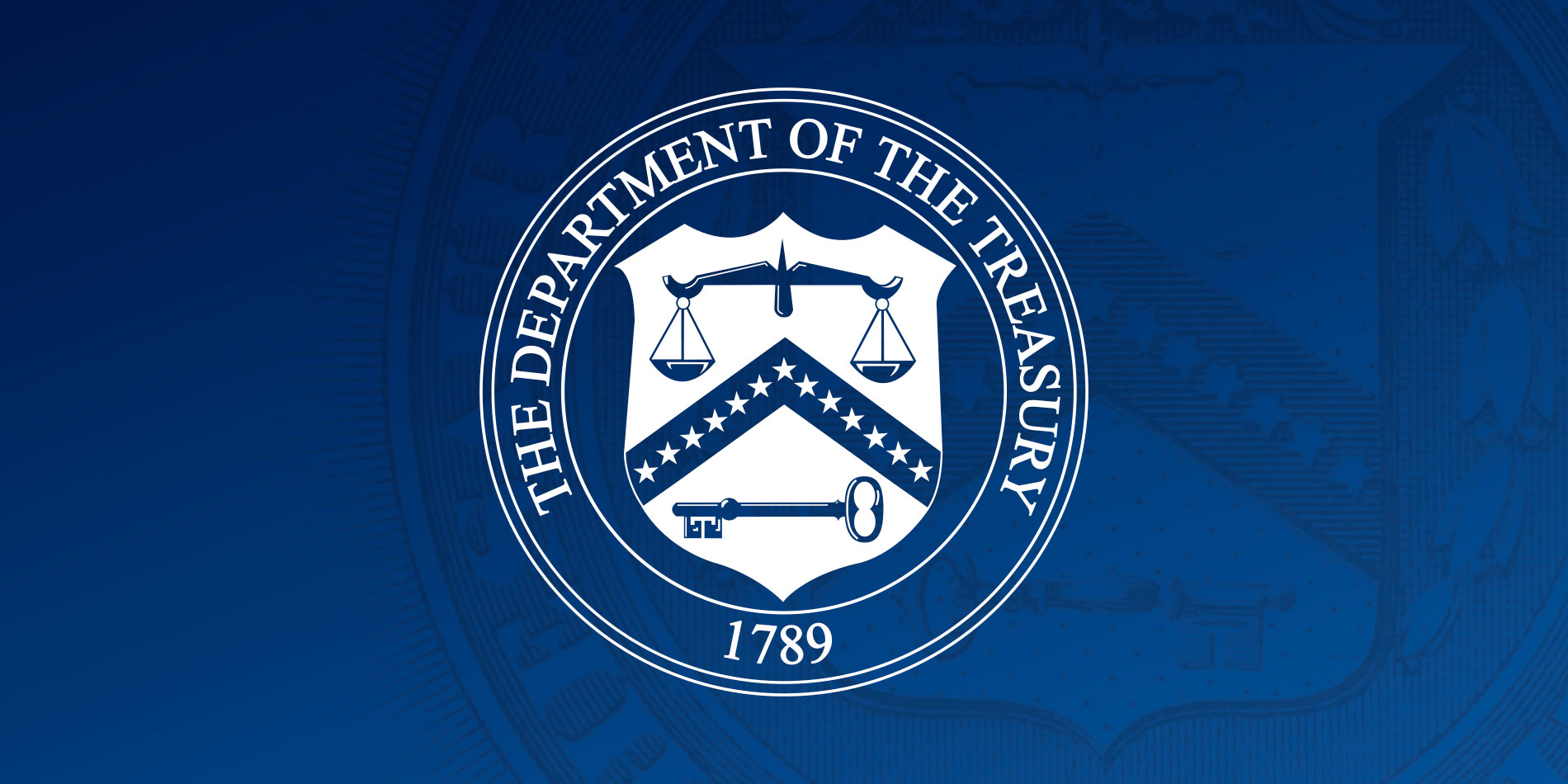
(Bloomberg) — Wall Street traders betting the Federal Reserve will be able to engineer a soft landing spurred a rally in riskier corners of the market, with stocks hitting all-time highs.
Most Read from Bloomberg
Almost every major group in the S&P 500 gained, with the benchmark up 1.8% and poised for its 39th record in 2024. The gauge extended this year’s surge to 20%. The Nasdaq 100 climbed 2.6% and the Russell 2000 of small caps rose for a seventh straight session. Bitcoin jumped 5.1%. Treasuries were mixed, with shorter-maturities outperforming longer ones. The dollar fell.
Subscribe to the Bloomberg Daybreak podcast on Apple, Spotify or anywhere you listen.
The Fed’s bold start to cutting interest rates and its determination not to fall behind the curve re-ignited hopes the central bank will be able to avoid a recession. Data Thursday showing a slide in jobless claims to the lowest since May signaled the labor market remains healthy despite a slowdown in hiring.
“Despite some volatility after the Fed’s rate cut, the S&P 500’s bullish trend remains intact,” said Fawad Razaqzada at City Index and Forex.com. “The Fed’s decision to deliver a 50-basis point rate cut was largely welcomed by investors. The move was seen as a bold but necessary step to ease economic concerns without sending panic signals reminiscent of the 2008 financial crisis.”
The S&P 500 topped 5,700. Wall Street’s favorite volatility gauge — the VIX — sank to around 17. That’s ahead of a quarterly episode known as “triple witching” in which derivatives contracts tied to stocks, index options and futures mature — potentially amplifying market moves. About $5.1 trillion are set to expire Friday, according to an estimate from Asym 500.
The yield on 10-year Treasuries advanced two basis points to 3.73%. The pound rose as the Bank of England held rates steady and said it won’t rush to ease policy. The yen fell ahead of the Bank of Japan policy decision.
Equities tend to respond positively to falling policy rates over the next year if a recession is avoided, according to Keith Lerner at Truist Advisory Services Inc. There have been six rate cutting cycles for the Fed since 1989 and stocks have been up a year later in four of six instances, he noted.
Looking a bit more granularly, US large caps have outperformed small caps in the year following the first rate cut in four of the previous six instances. Small caps outperformed, counterintuitively, into the 2001 and 2008 recessions.
“On a short-term basis, small cap stocks may see a greater boost from rate cuts given these companies generally have a greater proportion of floating rate debt relative to large, he said. “However, small-cap earnings trends are still lagging, and a cooling economy is historically a headwind for the asset class. Thus, we still prefer large caps longer term.”
On a forward price-to-sales measure, the Russell 2000 is trading at the steepest discount to S&P 500 in more than 20 years.
“Historically, equity markets have performed well in periods when the Fed was cutting rates while the US economy was not in recession. We expect this time to be no exception,” said Solita Marcelli at UBS Global Wealth Management. “Our base case remains for the S&P 500 to reach 5,900 by year-end and advance to 6,200 by June 2025.”
Marcelli says she believes equity gains will broaden out, with continued potential for growth stocks, particularly in the technology sector, to rise further.
“Within tech, we expect AI to be a key driver of equity market returns over the coming years and recommend strategic exposure to this theme,” she said. “Investors may use tech sector volatility, which could rise in the months ahead on cyclical and geopolitical risks, to build up long-term exposure to AI at more favorable prices.”
Meantime, the latest MLIV Pulse survey showed that 57% of the 173 respondents believe rotation into value stocks is likely to accelerate now that the Fed started the easing cycle.
The majority of survey participants, 75%, expect the US to manage a soft landing after the 50 basis-point rate cut, but even those favor value over AI stocks, according to the poll conducted immediately after the decision. Value was especially popular among those expecting the US to hit a recession.
Key events this week:
-
Japan CPI, rate decision, Friday
-
China loan prime rates, Friday
-
Eurozone consumer confidence, Friday
-
Canada retail sales, Friday
Some of the main moves in markets:
Stocks
-
The S&P 500 rose 1.8% as of 3:22 p.m. New York time
-
The Nasdaq 100 rose 2.6%
-
The Dow Jones Industrial Average rose 1.3%
-
The MSCI World Index rose 1.7%
-
Bloomberg Magnificent 7 Total Return Index rose 3.4%
-
The Russell 2000 Index rose 1.8%
Currencies
-
The Bloomberg Dollar Spot Index fell 0.3%
-
The euro rose 0.4% to $1.1161
-
The British pound rose 0.5% to $1.3275
-
The Japanese yen fell 0.2% to 142.63 per dollar
Cryptocurrencies
-
Bitcoin rose 5.1% to $63,322.35
-
Ether rose 6.1% to $2,468.15
Bonds
-
The yield on 10-year Treasuries advanced two basis points to 3.73%
-
Germany’s 10-year yield was little changed at 2.20%
-
Britain’s 10-year yield advanced four basis points to 3.89%
Commodities
-
West Texas Intermediate crude rose 1.4% to $71.90 a barrel
-
Spot gold rose 1.1% to $2,586.76 an ounce
This story was produced with the assistance of Bloomberg Automation.
Most Read from Bloomberg Businessweek
©2024 Bloomberg L.P.








